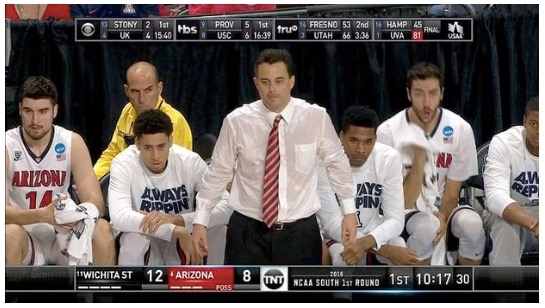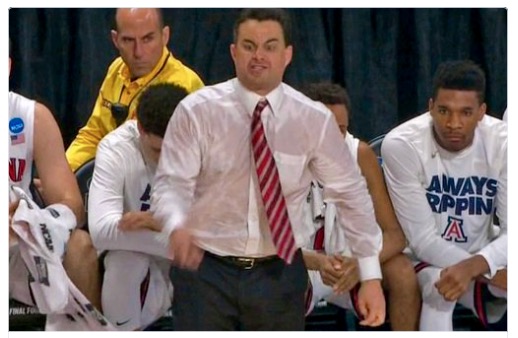When I launched better than a layup in 2014, I outlined ten laws or principles that undergird the game and define its nature. Since then, I’ve presented detailed essays on the first two.
Time Trumps Territory is appropriately basketball’s first law for it is the cornerstone upon which the remaining laws are built. We learned that basketball is fundamentally a game governed by time, not by the space in which it takes place. We play within the dimensions of the court and are constrained by its boundaries, but we don’t capture territory. Instead, we pass through it and must assault the basket according to timelines established by various clocks: the game clock, the shot clock, and the various “countdowns” employed by the officials to govern different situations of play – inbounding the ball, crossing the half court line, etc. Additionally, we must contend with other forms of time that are not governed by an actual clock: tempo or pace, reaction time or long it takes for one player to react to the movement another player, and rhythm or how well the moving parts of the game are “timed” or in sync with one another.
There are no static lines or fronts in basketball. It’s not a stop-start-stop game during which the offense and defense align across from one another, snap the ball to initiate play, then, do it all over again in a contest to seize territory. Instead, the action is continuous and fluid, the teams seesawing back and forth between offense and defense, the position of the players constantly shifting in relationship to the ball, the basket, and the movement of one another.
And, it is in the midst of that continuous and fluid action that we discovered basketball’s second law, Space Shapes Time. One’s ever-shifting position on the floor in relationship to the ball, the basket, and the other players shapes time, either shrinking or stretching it. Identifying and reacting properly to the angular and spatial relationships between these elements minimizes the disadvantages of the slower players and maximizes the opportunities of the quicker ones. Spacing between players creates avenues to the basket or chokes them off.
In a game of time, characterized by ever changing spatial relationships, coaches and players need a set of navigation tools to help them recognize and make choices quickly. What are the principles by which you read or “see” the game and its myriad of choices? How does one plot the game’s “latitudes and longitudes” accurately? How does one develop “court sense”?
Understanding basketball’s third law – The Basket is True North – provides the navigation tools needed to answer these questions.
Click here to read Basketball’s Third Law



